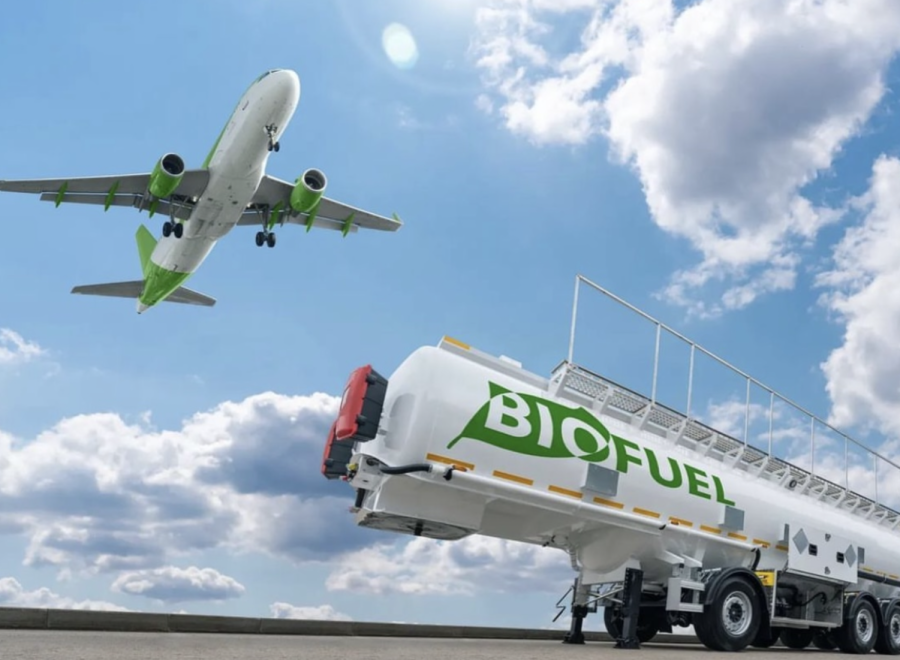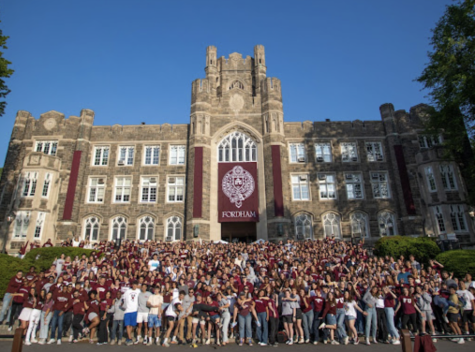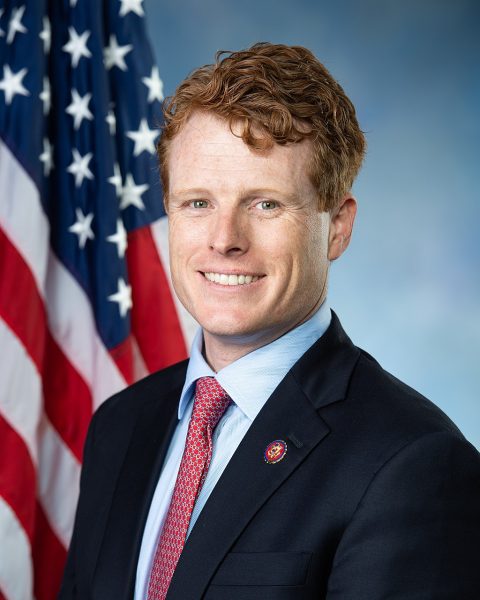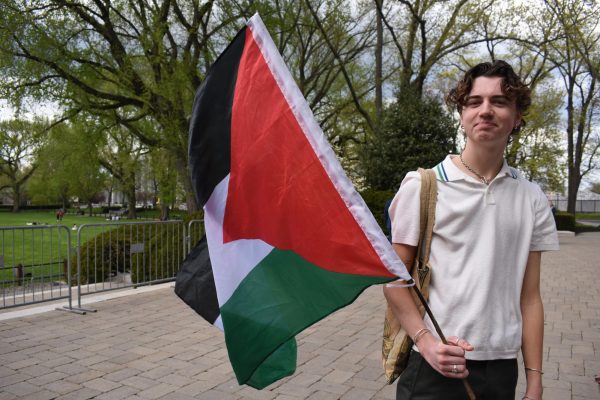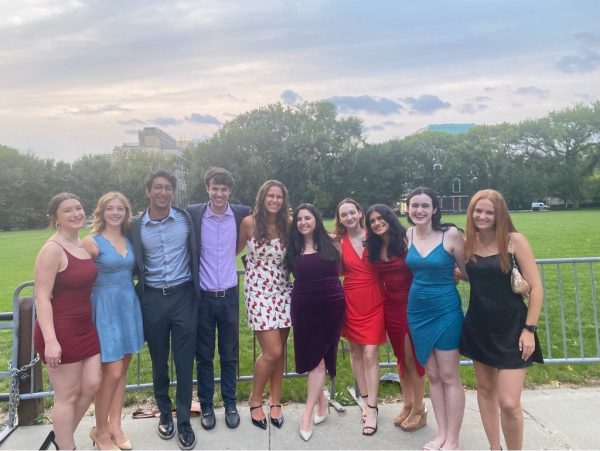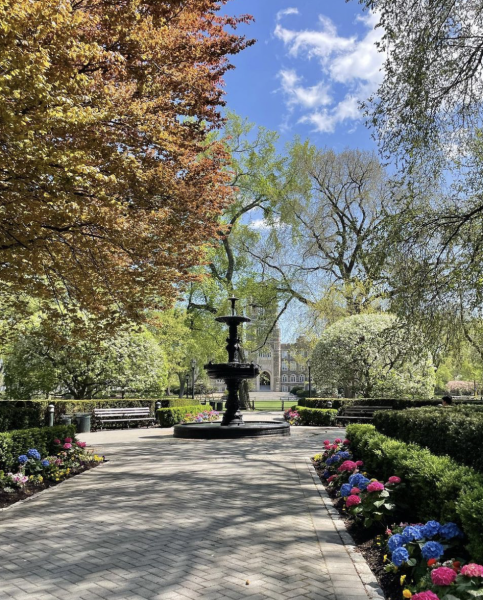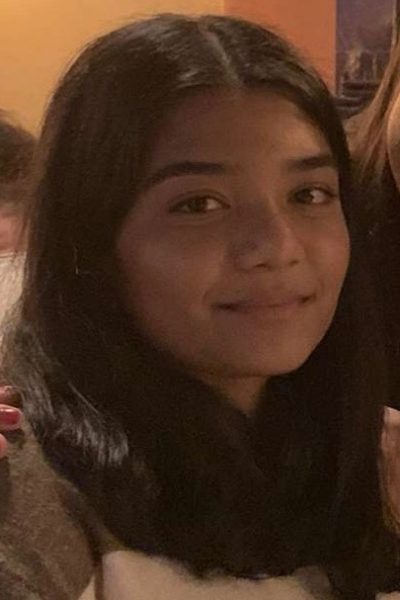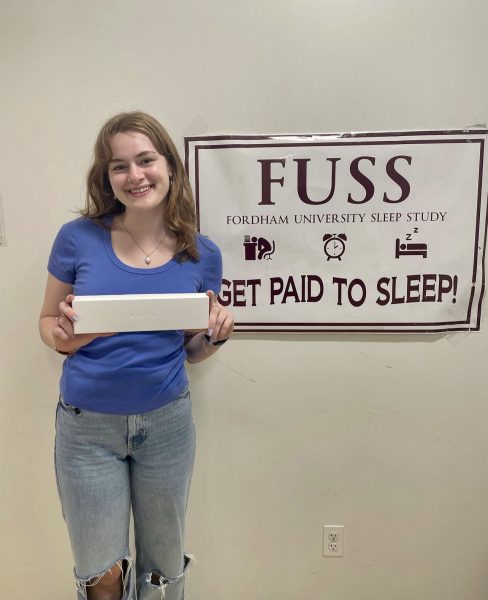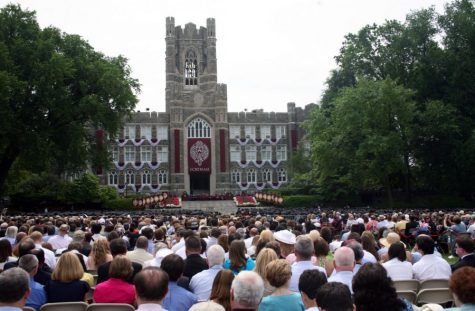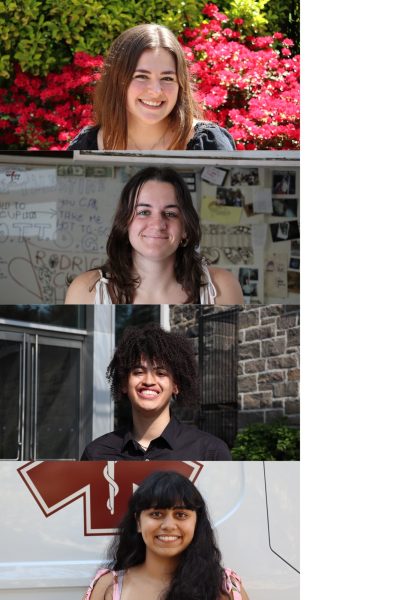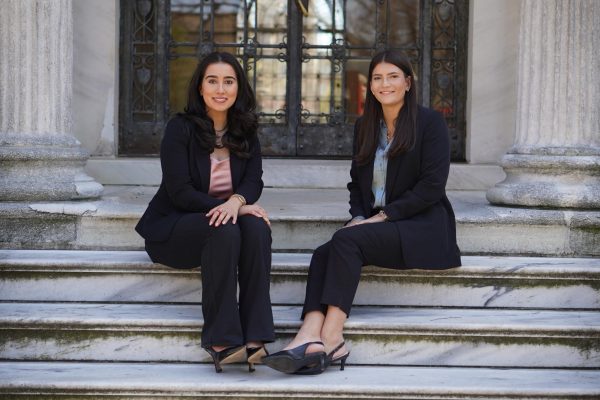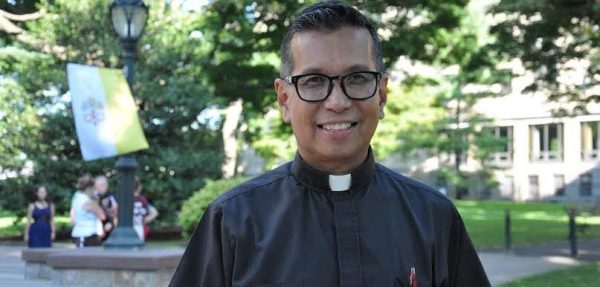Senior Researches Sustainable Energy Sources
Brianna Doucette, FCLC ’23, spent last summer researching sustainable energy sources with Dr. Koenigsmann in the chemistry department at Rose Hill. Doucette, a history major with double minors in Spanish and chemistry, said, “I spent all summer in JMH.” She was looking for a new catalyst for fuel cells, which could mean a promising source for sustainable energy. Fuel cells currently rely on platinum, which is not widely available and is expensive. “Our goal was to try to find an alloy using first-row transition metals,” said Doucette. She primarily worked with cobalt and nickel — cheaper and more abundant metals — to achieve similar or better results than with platinum. Doucette works amidst exciting new developments in the field — membrane technology has only recently advanced enough to allow electrochemical devices to work well in basic conditions. This summer, she spent a lot of time making nanowires, first from pure cobalt and pure nickel, but then moving into experimentation with alloys, which are mixtures of metals.
To make nanowires, Doucette and her lab partner used the U-tube method. This requires a reaction of the reducing agent, sodium borohydride, as well as a metal precursor solution containing cobalt and nickel ions in varying concentrations. The reducing agent and the precursor solution are separated by a polycarbonate filter membrane, which acts as a template for the metal that forms as a result of the reaction. These are run for about an hour and then are isolated in order to get the nanowires without the template. Templates are important, Doucette said, because “at the nano level, any change in size or shape can affect the properties of the nanowires.” Doucette said that consistency is very important in a scientific experiment, because her team needs to be able to compare across testing groups. They rely on a scanning electron microscope (SEM) to check for inconsistencies. On the SEM, Doucette said “this is basically a very high powered microscope that we can use to check nanowires at the individual level.” She said their biggest challenge was that the SEM did not always work properly. But she is also able to work with other methods to see results.
Doucette uses energy dispersive X-ray technology to figure out the composition of the alloys, and X-ray diffraction to examine the crystalline structure of the nanowires. The X-ray diffraction data confirms the existence of alloys. Doucette said: “There is the possibility of phase-separation occurring, which is when the two metals remain separated and have distinct crystalline structure. Alloying means that the two have combined to create a new, slightly different structure, and based on the X-ray diffraction we can confirm that it is the latter.” The nanowires are then stored under a vacuum until they can be made into inks using ethanol. Doucette then puts them on electrodes to run electrochemical tests.
The most important thing is to run the alloys through oxygen reduction and oxygen evolution reactions, to explore how they perform as catalysts. These are two reactions that take place in fuel cells, which is the practical context in which this lab work is situated. After much experimentation, Doucette and her colleagues found that the catalytic activity of nanowires is highly dependent on their compositions. Oxygen reduction activity can be significantly increased with alloys, and oxygen evolution reactions with alloys display a comparable performance to pure platinum. This is good news from the standpoint of sustainable energy, but Doucette says there are no final conclusions yet. “Our results align with experiments by other scientists,” she said, “but what we are doing is not quite the same.” The project is ongoing and will continue after she graduates.
Doucette said that her on-campus experience was a good one. She said the program directors recognized that spending time on a college campus during the summer could be isolating, but that there were intentional efforts to build community. There were lunches where various professors would lecture, and at the end of the summer, each student had to give a five-minute presentation about their research. Doucette will be presenting her work at various conferences this spring, and she was grateful for the chance to briefly prepare, solidify and present her thoughts as it will help her in the opportunities ahead.

